Twilio Flex
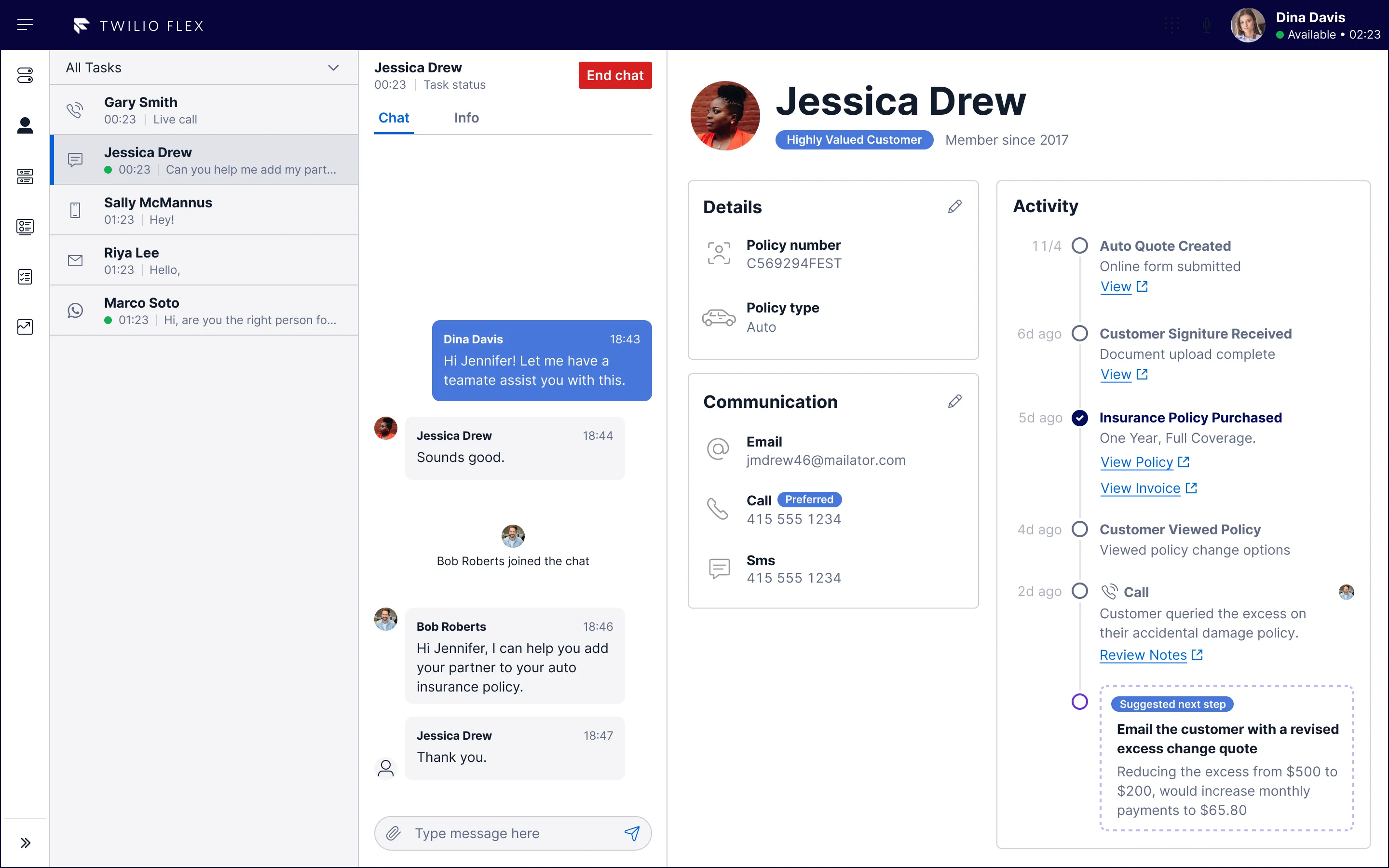
Twilio Flex
Flex is a cloud-based service that solves the challenge customer have employing expensive and inflexible on-premise systems used to manage customer communications in contact centres. Through the use of developer plugins and fully customizable UI, customers can extend and adapt the functionality of Flex to meet their unique business needs. The service allows for greater flexibility and customisation, making it a powerful tool for businesses of all sizes.
Project Goal
Our goal was to understand what customers look for in great brand interactions, and how we can evolve our product to address those needs.
Discovery
To gain a deeper understanding, we conducted interviews with 18 end consumers, our goal was to learn what a great end user experience feels like when communicating with a brand.
This was important because our business customers exist to serve their customers, and by understanding the challenges, desires, and context of the end users, we could better view our customers’ business goals through that lens.
During our research, key trends emerged around customers’ desires for empowerment to make the best use of their time and to feel known by the brands they engage with.
“Customer expectations are so high that you know who they are, why they called and what they want even before they open their mouths. That is like a standard customer expectation now.” — BLG
Guiding Principles
Based on the customer insights, we defined a set of principles with which to align possible solutions.
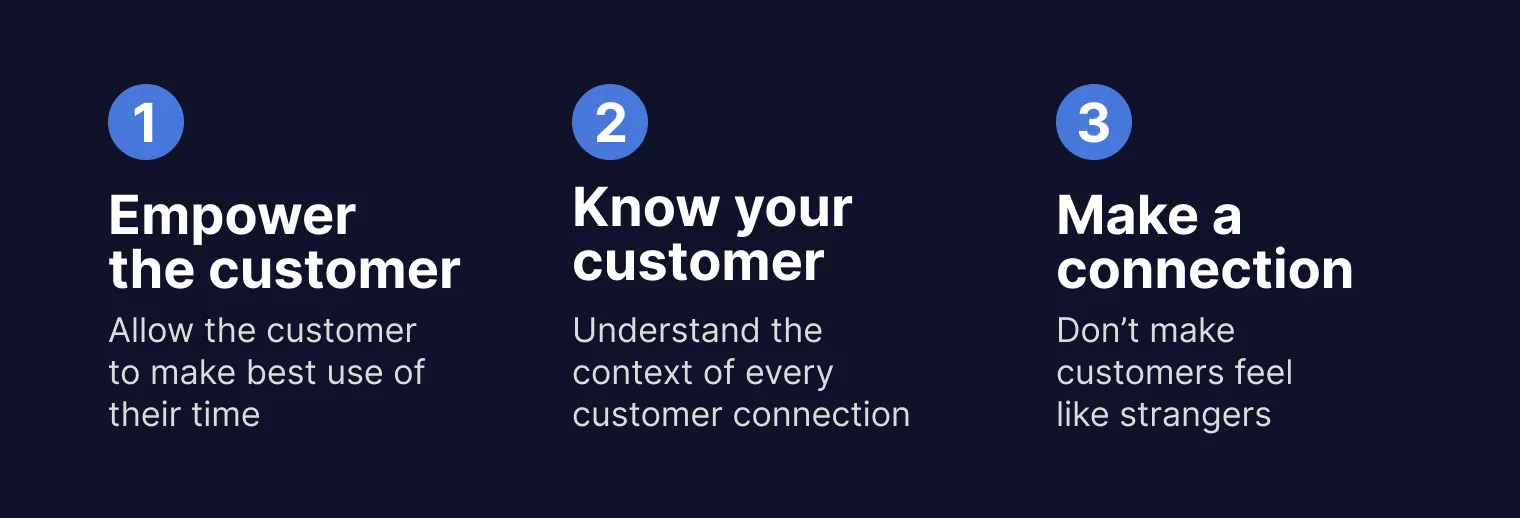
Solution
Create a seamless customer experience
Our existing platform categorised customer engagements based on the communication channels they used. However, when customers communicated using multiple channels, none of the history or context was displayed to agents.
To address this we reorganised the experience to bring together multichannel, single threaded interactions, so customers can use any channel they want and get a seamless experience.
“These days when people ask for features the answer isn’t, well we have to go talk to Avaya and see how we do that integration with their system, the answer we can make that work with the Twilio APIs, so that’s been awesome. It’s a great platform and we’re huge fans.” — Asurion
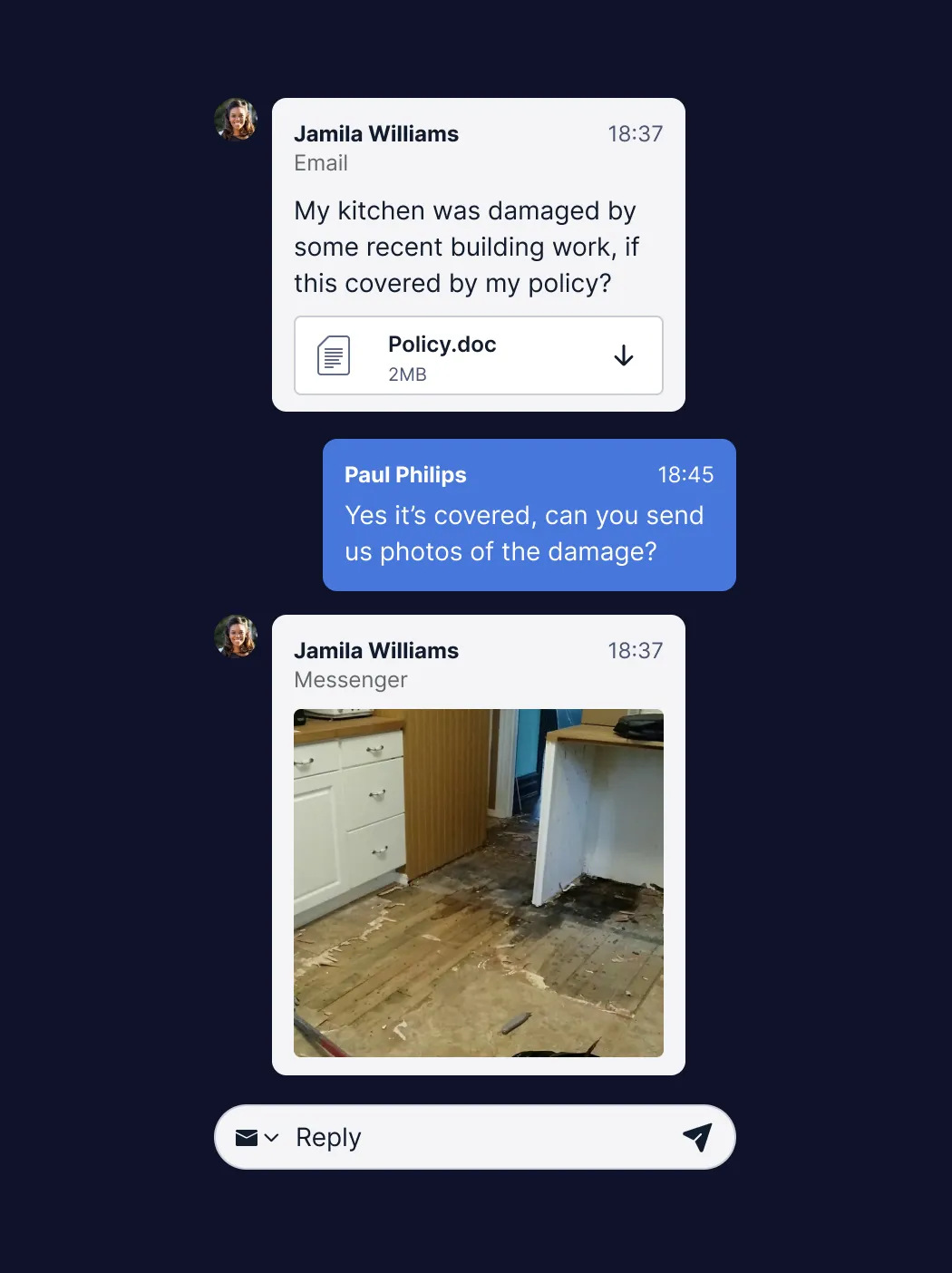
Customer Information at your finger tips
To avoid the cold start problem with every new interaction, we wanted empowered agents with customer information at their fingertips. This involved bringing together divergent data sources to avoid agents having to put the customer on hold to search multiple systems for details.
“Agents have a lot of disparate apps. ‘Single pane of glass’ has great potential.” — Liberty Mutual
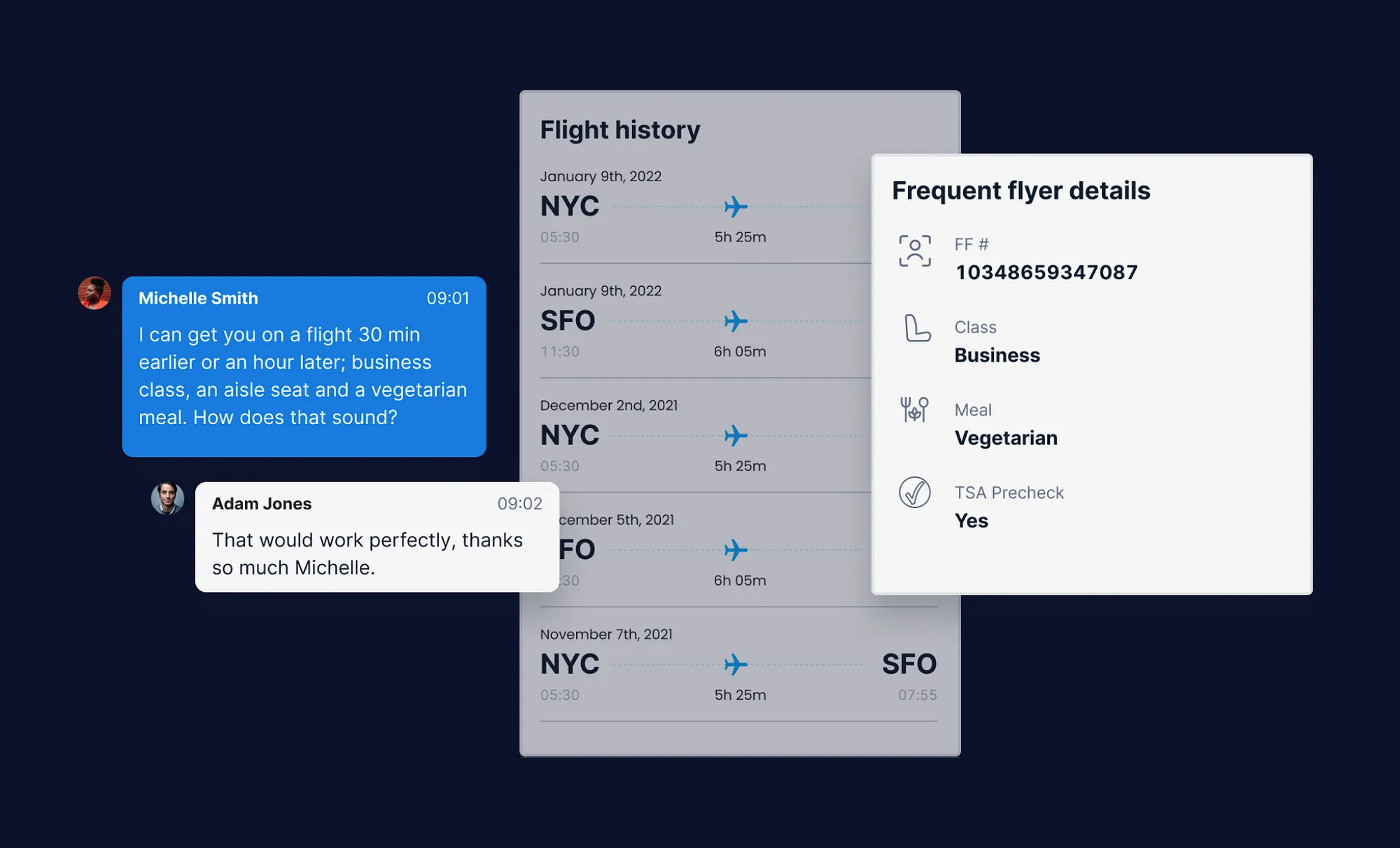
Validation
To verify the themes identified from consumers and validate potential product concepts, we interviewed ten organisations. Our participants comprised product managers and developers from both Twilio’s customer and non-customer perspectives.
Our aim was to listen to their viewpoints and aspirations concerning developing engaging customer experiences for their target audience, and to gauge the relevance of these ideas to their company.
Balancing the value of new capabilities versus the cost of implementation and training was crucial. In this role, the cost of training users is significant, any small change can create friction and negatively impact performance, so making systems feel intuitive for users was a priority.
“This would have a big & positive impact… we’re interested in having everything in one place. It would show a genuinely accurate flow that demonstrates more accountability.” — Liberty Mutual
Team management and setup screens
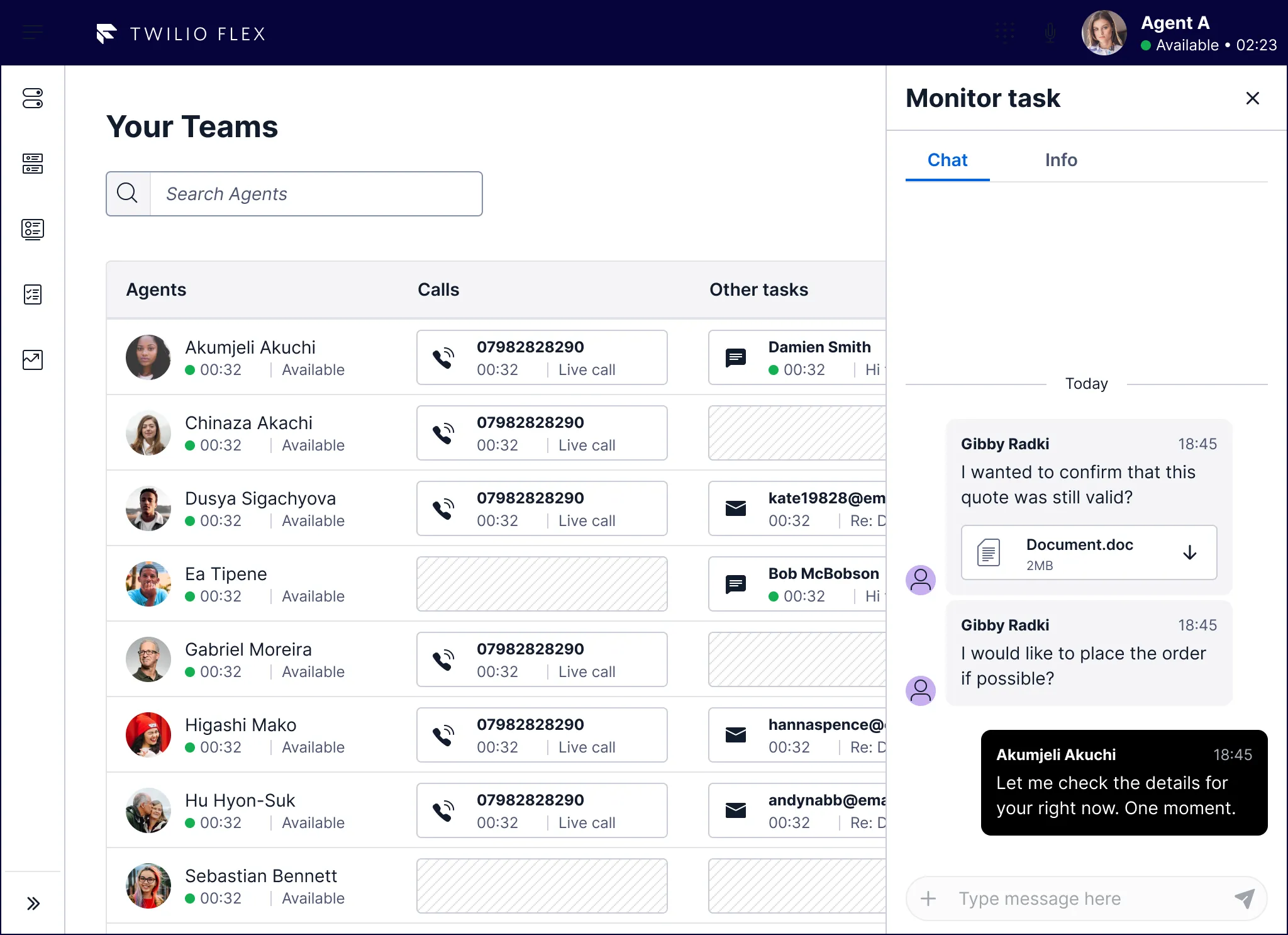
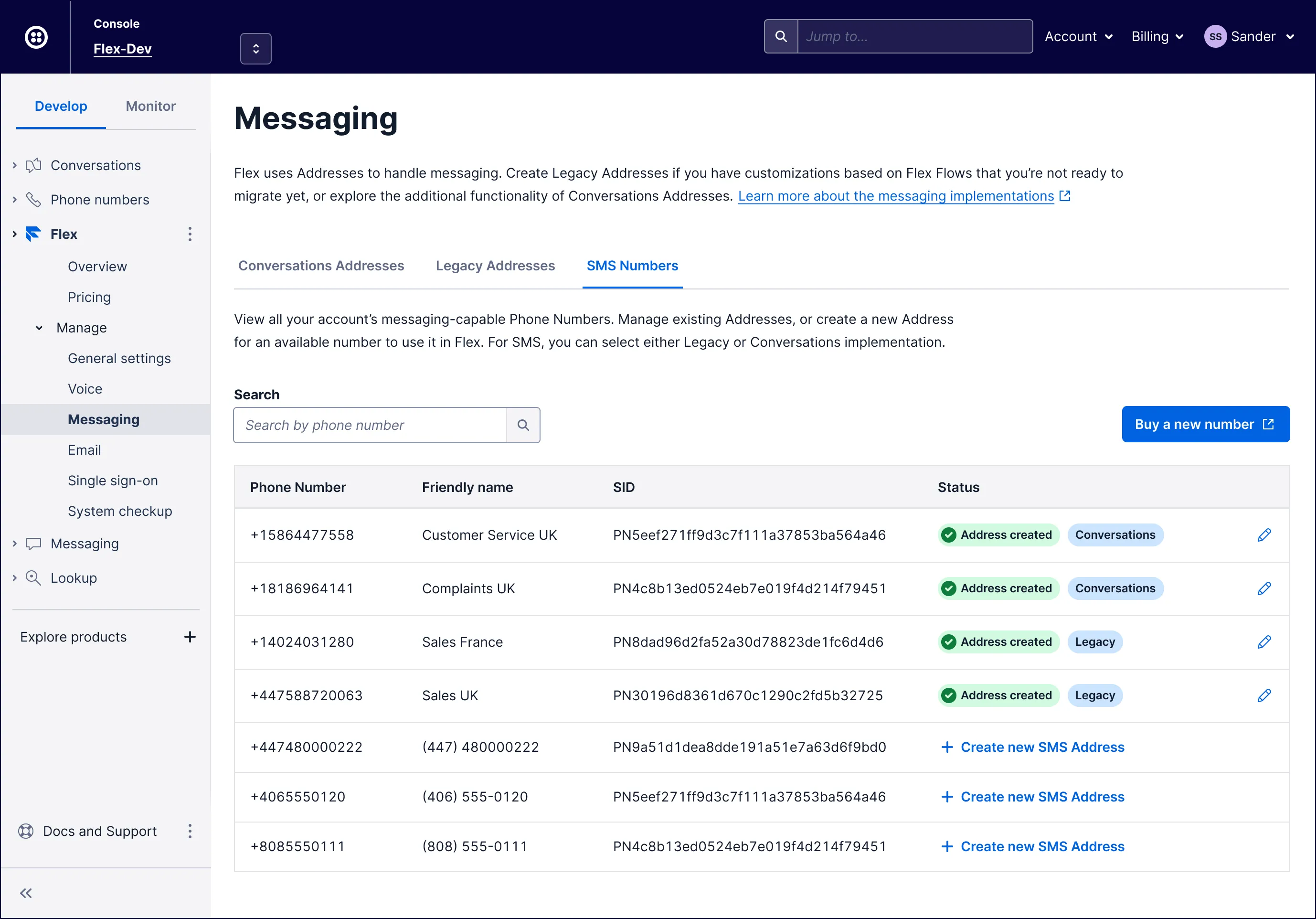
 James Tenniswood
James Tenniswood